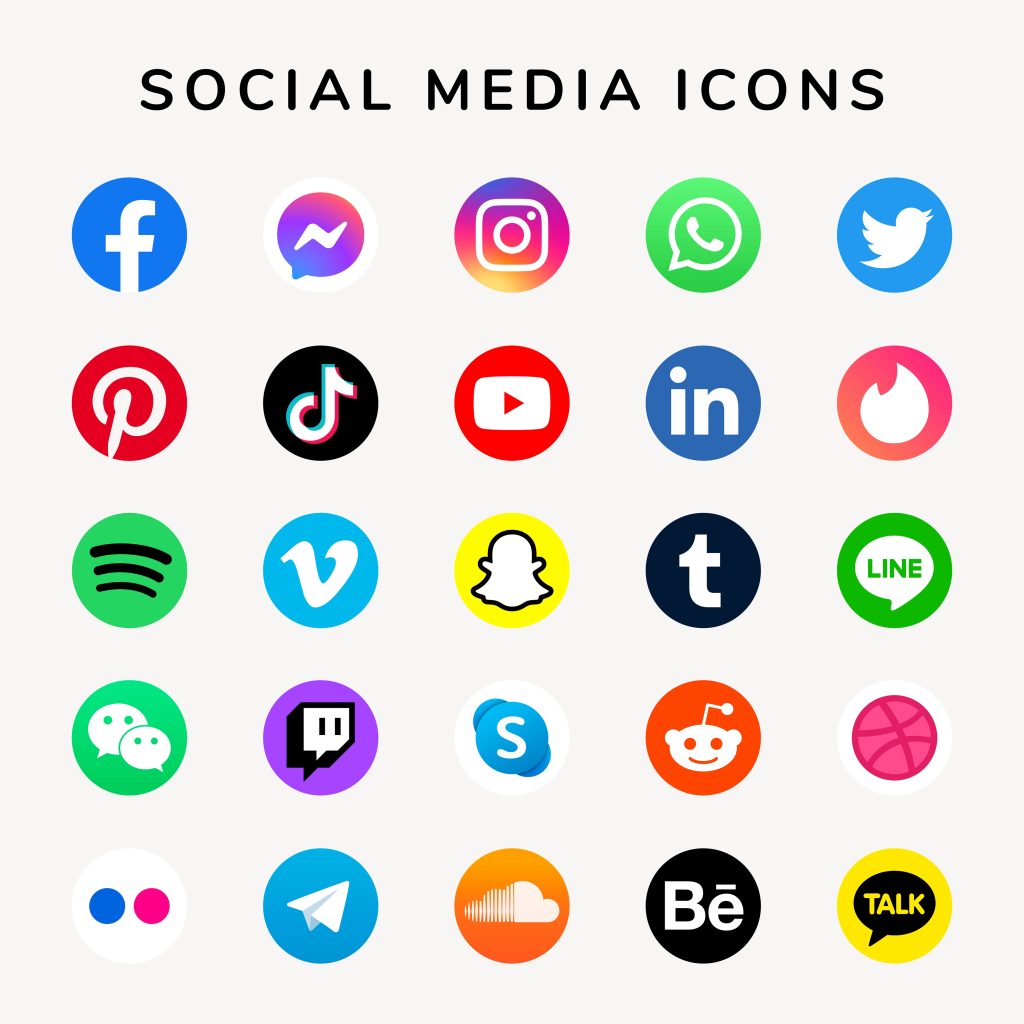Social proof is a concept that marketers adore. It’s that one secret psychological trick that has consistently been shown to either cause customers to click or convert.
When it comes to implementation, this appears to be a simple remedy because so many marketers boast about the success of their social proof.
What is Social Proof?
Social proof is a psychological and social phenomenon in which people assume the activities of others in order to reflect appropriate behavior in a specific setting.
When you’re exploring a landing page and come across a testimonial from a respected industry expert, that’s social proof. That’s social evidence when you’re browsing a pricing page and notice that an industry titan is already using the tool. Signing up for a demo because you saw the product address the exact problem you have for a similar organization is an example of social proof.
3 basic types of social proof
Here are three types of social proof:
1) Case Studies
In-depth data-driven examination of the product or service you delivered to a current customer. Use this if you’re selling B2B software or agency services.
Use customer-generated case studies that detail the precise ways in which your product was helpful to better show your message.
2) Testimonials
Simple, concise recommendations from contented current clients. These are generally applicable across the board. Both a landing page for a free eBook and one for a $49/month SaaS subscription can use them to great success. Consider reviews to be the more impartial cousin of testimonials. Use these for extremely technical items or in crowded or very competitive industries.
3) Trust Icons
Logos and icons are theoretically social proof, yet they are woefully weak in the social department. What did TechCrunch think of you? What are your BBB reviews saying about you?
Consider following the lead of movie and book landing sites, which frequently feature samples of reviews rather than just publication names or logos.
How and when to use social proof?
“Good social proof is beneficial for all landing pages since people trust other people more than marketers.” Of course, there are certain limitations.
Every landing page is essentially an argument or a case you’re making to persuade the prospect (e.g., a member of a specific market segment) to opt-in for your freebie or purchase your product, and so every line of copy on the page—including social proof, such as testimonials and data points—must support that argument.
This means that your testimonials must address actual issues rather than simply praising your product or addressing hypothetical objections.
Your testimonials should show at the appropriate point in the argument, not just whenever your designer feels like adding a speech bubble or two. They should be treated as very believable witnesses in your case, with images, full names, professions, and instances of what you’ve done for them, rather than just marketing language in quotation marks.
We’ve found that strong testimonials that use future pacing—that is, help the prospect imagine their enhanced life after the purchase—work best when placed near a call to action. And testimonial groups look well on long-form sales pages.
Conclusion
The most effective technique to manage consumer perception of your product and position it where you want it to be positioned is through social proof.
But there’s more: By paying attention to your consumers’ input and compiling it, you’ll discover more ways to position your product and where it falls short.
